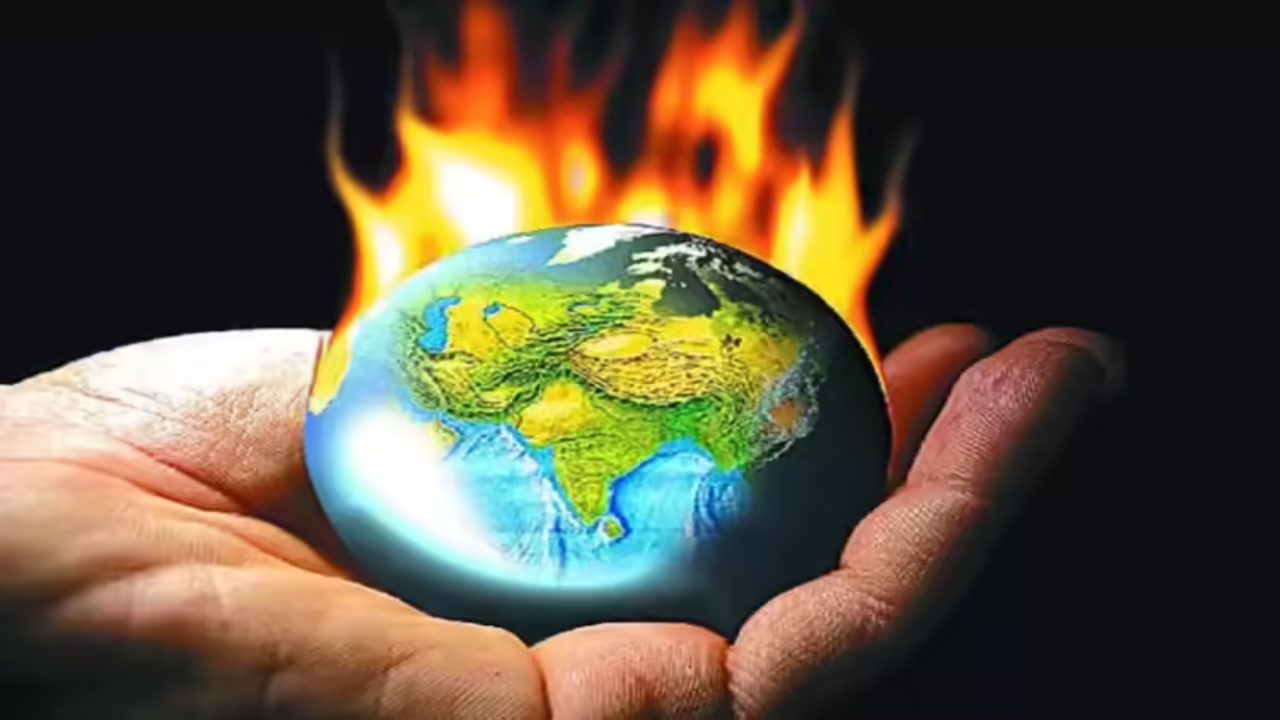NEW DELHI: India has improved both its long-term and year-wise global climate risk index (CRI) rank, figuring as the 9th and 15th most-affected country globally due to extreme weather events during the 1995-2024 period and in 2024, respectively, compared to the previous year’s assessment, showed the latest CRI report released by the environmental think tank Germanwatch on Tuesday. The country was the 8th most affected during the 1994-2023 period and 10th in 2023, showing an improvement, as a lower rank means lesser risk. The report that analysed six indicators including fatalities and economic loss due to extreme weather events during 1995-2024, showed that India reported loss of more than 80,000 lives and nearly $170 billion in 430 extreme weather events in the past three decades. Globally, over 8,32,000 people lost their lives due to more than 9,700 extreme weather events in the 30 years until 2024. It caused financial loss of over $4.5 trillion (inflation-adjusted) during the period. Dominica, Myanmar and Honduras were the top three most-affected countries by extreme weather over the past 30 years (1995-2024), whereas St Vincent and the Grenadines, Grenada and Chad were the top three most-affected nations in 2024.

The CRI report, released on the sidelines of the ongoing UN climate summit (COP30) in Belem, shows that around 40% of all people worldwide — over three billion — currently live in the 11 countries that have been most severely affected by extreme weather events such as heat waves, storms and floods over the past 30 years. These countries include India (ranked 9th) and China (11th), and others such as Libya (4th), Haiti (5th) and the Philippines (7th). None of the 11 countries are among the rich industrialised nations. At the same time, EU countries and industrialised nations such as France (ranked 12th), Italy (16th), or the US (18th) are among the 30 countries most affected by extreme weather over the past 30 years (1995-2024). “Countries such as Haiti, the Philippines, and India — all of which are among the 10 most affected countries in the CRI — face particular challenges.They are hit by floods, heat waves, or storms so regularly that entire regions can hardly recover from the impacts until the next event hits,” explains Vera Künzel, co-author of the CRI report. Referring to India, the report highlighted fatalities caused by cyclones Hudhud and Amphan in 2014 and 2020, respectively; and Uttarakhand floods of 2013. It also noted that the “recurring and unusually intense heat waves”, all with temperatures around 50 degrees Celsius, claimed many lives in 1998, 2002, 2003 and 2015. Globally, floods, storms, heat waves and drought were the most prominent extreme weather events that caused maximum losses. From 1995 to 2024, heat waves and storms accounted for 33% each of the total fatalities. On the other hand, stroms caused, by far, the greatest economic losses (58%). Go to Source




